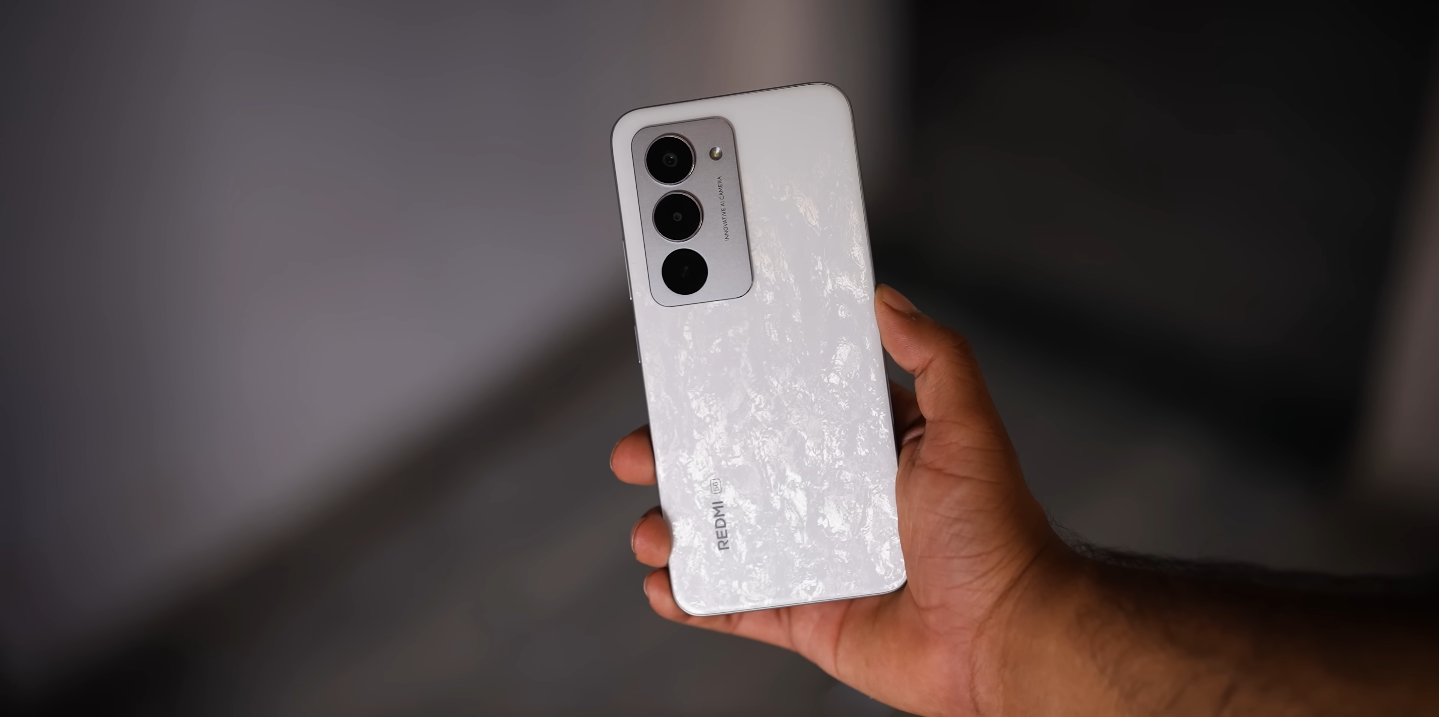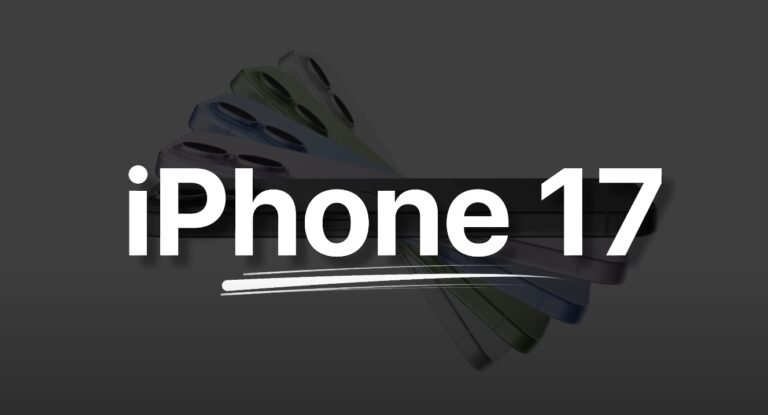Redmi 15 vs Realme 12: which budget champion wins?

Battle of big battery versus big camera
The budget smartphone race has intensified again as Xiaomi’s Redmi 15 and Realme 12 go head-to-head for value-conscious buyers. Both brands have a reputation for delivering strong performance without high prices, but their approaches this year highlight two different priorities — battery life for Redmi and camera performance for Realme.
Starting with design and display, the Redmi 15 offers a large 6.9-inch panel with a 144Hz refresh rate, giving users an exceptionally smooth experience for scrolling and gaming. The Realme 12 keeps things slightly smaller with a 6.7-inch display that focuses on brightness and colour accuracy. Redmi’s bigger screen is ideal for entertainment, but Realme’s AMOLED panel offers deeper contrast and better clarity under sunlight.
Power is where the Redmi 15 clearly takes the lead. Its massive 7,000 mAh battery outlasts nearly every rival in its class, comfortably lasting through a full day and more of heavy use. Realme 12, with its 5,000 mAh unit, still performs well but requires more frequent charging. Xiaomi’s 33W fast charging and reverse charging options also give the Redmi an added edge for practical day-to-day use.

In performance, the Redmi 15 uses the Snapdragon 685 processor paired with up to 8GB RAM, which handles regular multitasking efficiently. Realme 12 offers a slightly newer chip tuned for better 5G connectivity and power management. This means Realme performs marginally better in demanding apps and downloads, while Redmi focuses more on sustained efficiency and longer uptime.
Camera performance shows the clearest contrast between the two. Realme 12 features a 108MP primary sensor that captures detailed, well-balanced images even in lower light. The Redmi 15’s 50MP camera performs reliably for everyday shots, but Realme’s image processing delivers a sharper and more dynamic output overall. For users who prioritise mobile photography, Realme has the upper hand.
Storage options are generous on both devices, with configurations up to 256GB available, ensuring enough room for photos, videos and apps. Build quality is also competitive, with Redmi offering IP64 dust and splash resistance, while Realme keeps its design sleek and lightweight for comfortable handling.
Software experience differs in tone but not in usability. Redmi’s MIUI focuses on customisation and power efficiency, while Realme UI aims for a cleaner interface with subtle design refinements. Both brands promise regular updates, though Samsung’s longer policy still outpaces them in the segment.
When it comes to user priorities, Redmi’s proposition is hard to beat for endurance and multimedia. Its large screen and unmatched battery size make it perfect for travellers, students, and users who dislike frequent charging. Realme, on the other hand, positions itself as the better all-rounder, especially for photography, speed, and connectivity.
In daily use, Redmi 15 feels like the sturdier and longer-lasting workhorse, whereas Realme 12 comes across as the stylish and capable performer. Each dominates its niche — Redmi for longevity and display value, Realme for imaging and future-readiness.
In the final verdict, if you want a smartphone that keeps going all day with minimal compromises, the Redmi 15 is the more practical champion. But if your focus is camera quality, sleeker design, and modern connectivity, the Realme 12 edges ahead. Both remain top contenders, proving that the budget category is now more competitive than ever.






